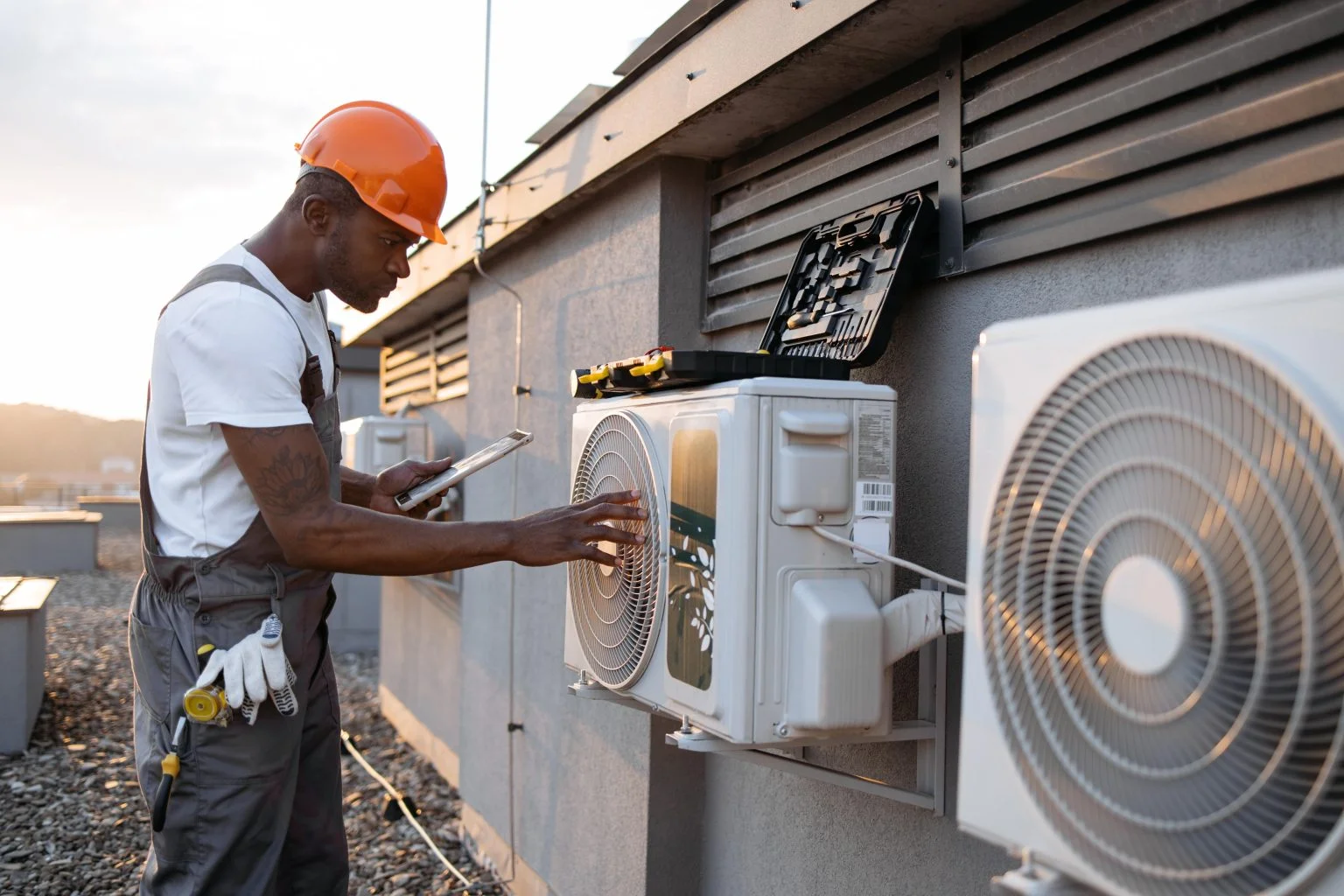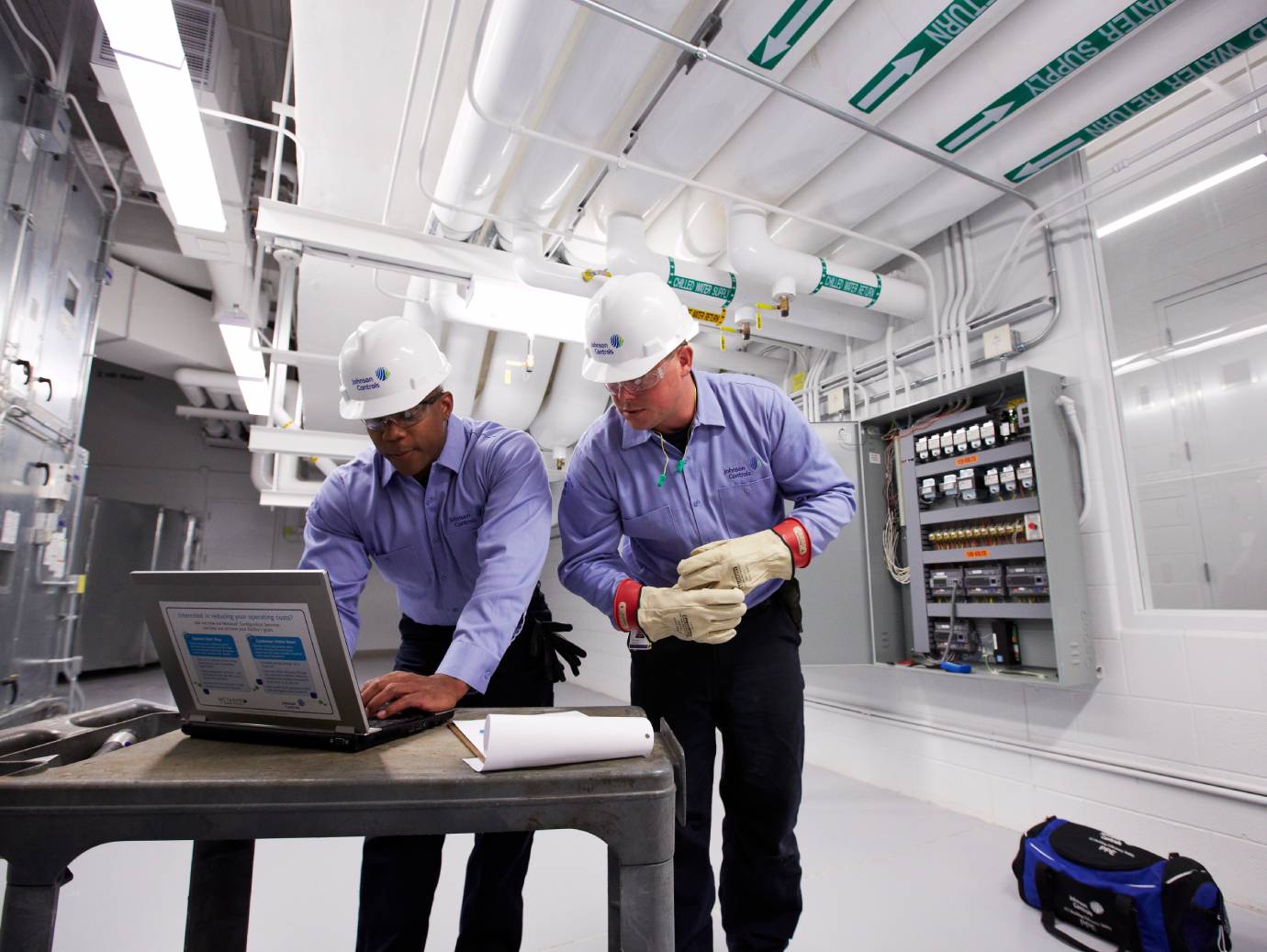Everything You Should Know Before Installing ductless mini splits
Everything You Should Know Before Installing ductless mini splits
Blog Article
How a Warm Pump and Heating System Collaborate to Maximize Your Home's Home heating Effectiveness
Comprehending how a warmth pump and heating system work with each other is essential for house owners seeking efficient home heating services. Each system has its strengths, providing a well balanced method to home convenience. The heatpump succeeds in moderate temperature levels, while the furnace delivers quick warmth throughout severe cold. This harmony not just lowers energy prices however also improves the life expectancy of both home appliances. What elements affect this cooperation, and exactly how can homeowners maximize their benefits?
Recognizing Heat Pumps: Just How They Work
Although lots of people may be unknown with their internal workings, warmth pumps play a necessary role in modern heater. These devices run by transferring warmth from one location to another, making use of the principles of thermodynamics. In chillier months, a heatpump removes warm from the outdoors air, ground, or water, and transfers it indoors to heat the home. Alternatively, throughout warmer months, it can reverse the process, working as an air conditioning system by expelling warm from inside to the outside.Heat pumps include an evaporator, growth, condenser, and compressor shutoff. The cooling agent within the system soaks up warmth as it vaporizes at reduced temperatures and stress. The compressor after that increases the pressure and temperature of the cooling agent, permitting it to launch warmth as it condenses. This effective procedure can greatly reduce power intake contrasted to traditional home heating approaches, making heatpump a sustainable option for climate control in homes.
The Role of Heaters in Home Home Heating
Heaters play a vital function in home heating by offering a trustworthy resource of warmth during the chillier months. They operate by creating warmth with combustion or electric resistance, dispersing it throughout the home by means of ducts or radiant systems. The performance of a heater is frequently gauged by its Annual Fuel Application Effectiveness (AFUE) score, which indicates just how properly the unit converts gas into heat.Furnaces can make use of various energy resources, consisting of all-natural gas, gas, oil, or power, enabling property owners to choose one of the most appropriate alternative for their demands. Unlike heat pumps, which might battle in extreme cold, heaters maintain constant efficiency, making sure that indoor temperature levels stay comfortable despite outside problems. In addition, modern heaters commonly come furnished with innovative innovation, such as variable-speed blowers and clever thermostats, boosting their performance and responsiveness. This convenience makes heating systems an important component in all-inclusive home heating strategies.

Benefits of Utilizing Both Equipments Together
Combining the strengths of both furnaces and heatpump can result in a much more reliable and efficient home heating solution. Making use of both systems permits house owners to make use of the warm pump's energy performance during milder temperatures while counting on the heater for more extreme cold conditions. This dual strategy can greatly lower energy expenses, as heatpump eat less electrical energy than conventional heating approaches when temperature levels are moderate.Additionally, making use of both systems together can boost comfort levels in the home. Heat pumps can give constant, also home heating, while heating systems can quickly elevate ambient temperatures when required. Furthermore, the assimilation of both systems can prolong the life-span of equipment by reducing deterioration on each unit, as they share the workload. Eventually, property owners can appreciate a balanced, affordable home heating service that adjusts effortlessly to varying weather, ensuring a warm and welcoming home throughout the cold weather.
Exactly How Heat Pumps and Furnaces Complement Each Various Other
When house owners integrate heat pumps and heaters, they create a complementary heating unit that maximizes performance and comfort. Heat pumps operate by transferring heat from the outside air or ground, making them extremely reliable in modest climates. They stand out during milder temperatures, supplying cost-efficient heating. On the other hand, heaters produce warmth with combustion or electric resistance, providing strong, prompt heat throughout extreme cool conditions.The combination of these two systems allows for vibrant adjustments based upon temperature level variations. Throughout warmer months or milder winter months days, the heatpump can take the lead, conserving power and reducing expenses. As temperatures drop, the heating system can effortlessly involve, ensuring regular heat throughout the home. This harmony not only enhances power usage but additionally enhances the life expectancy of both systems, as each unit runs within its ideal performance array. Together, they develop a well balanced environment that adapts to varying climate more demands.
Maximizing Effectiveness: Tips for Homeowners
Homeowners can improve their heating effectiveness via numerous functional techniques. Developing a routine upkeep routine, integrating clever thermostat innovation, and carrying out reliable insulation and sealing services are crucial actions. These actions not only boost convenience yet additionally minimize energy expenses.
Normal Upkeep Arrange
To guarantee optimal home heating performance, developing a regular maintenance timetable is essential for any type of home. Home owners should focus on regular inspections of both warmth pumps and heating systems to determine peak performance. This consists of changing air filters every one to three months, as blocked filters can considerably minimize effectiveness. Additionally, organizing expert maintenance at least yearly permits professionals to determine and attend to prospective issues prior to they rise. Property owners need to also clean the heatpump's exterior unit to avoid debris build-up that can hinder air movement. By sticking to a regular maintenance timetable, home owners not just boost their furnace' efficiency however likewise extend their life expectancy, leading to higher comfort and lowered power prices throughout the colder months.
Smart Thermostat Combination
Integrating a clever thermostat into a home heating system can greatly boost energy effectiveness, especially as it permits accurate control over temperature setups. These tools can discover the property owner's routine and preferences, immediately changing the temperature level to enhance convenience while reducing energy use. For example, they can lower heating throughout times when the home is vacant, decreasing unnecessary usage. check my site Numerous wise thermostats also supply real-time power use data, allowing house owners to make educated decisions concerning their heating practices. In addition, remote access through mobile phone applications enables customers to readjust settings from anywhere, making sure the home is warm upon return. Overall, wise thermostat combination not only improves convenience but significantly adds to power savings and efficiency.
Insulation and Securing Solutions
Smart thermostats play an important duty in power efficiency, however their effectiveness can be substantially boosted by appropriate insulation and securing solutions. Property owners must prioritize protecting walls, floorings, and attics to lessen warm loss. Premium insulation materials, such as spray foam or fiberglass, can considerably enhance thermal resistance. Additionally, securing voids around windows, doors, and ducts stops cool air infiltration and warmth retreat. Weatherstripping and caulking work methods for dealing with these leaks - heat pump replacement ooltewah tn. Normal examinations for air leaks, along with making use of blower door examinations, can aid identify problem areas. By investing in insulation and sealing, property owners can maximize the performance of their furnace, eventually leading to minimized power intake and lower utility bills
Typical Myths Concerning Warmth Pumps and Furnaces
What mistaken beliefs border heatpump and heaters? Many people incorrectly think that heatpump are inadequate in chillier environments. In truth, modern warm pumps are created to run effectively also in reduced temperatures, supplying trustworthy home heating throughout winter months. An additional common myth is that heating systems are constantly much more reliable than heatpump. This depends on the particular power resources and performance ratings of the devices in inquiry. Some may also think that making use of both systems simultaneously is unneeded, however as a matter of fact, this mix can optimize home heating efficiency, especially throughout severe climate condition. In addition, individuals frequently presume that warm pumps need constant upkeep, when in fact, they have comparable upkeep requires to conventional heater. By unmasking these misconceptions, home owners can make even more educated decisions concerning their heating choices, eventually causing enhanced comfort and energy efficiency in their homes.
Upkeep Factors To Consider for Combined Equipments

Frequently Asked Inquiries
Can Warm Pumps Job Properly in Exceptionally Cold Climates?
Heatpump can have a hard time in incredibly cold climates because of lowered performance and warm removal constraints. Nevertheless, improvements in technology have actually caused versions designed for better performance in such conditions, improving their viability in rough atmospheres.
How Much Time Do Heat Pumps and Furnaces Normally Last?
Warmth pumps generally last 15 to twenty years, while heating systems have a lifespan of 15 to three decades. Routine upkeep can expand their long life, making certain efficient procedure and reducing the requirement for early replacements.

What Is the Average Cost of Putting Up Both Equipments?
The typical expense of installing both a warmth pump and a furnace commonly ranges in between $5,000 to $10,000 - heat pump installation ooltewah tn. Variables affecting this cost consist of system dimension, installment complexity, and local labor rates
Exist Tax Obligation Incentives for Making Use Of Energy-Efficient Home Heating Solutions?
Many house owners ask about tax obligation rewards for energy-efficient heating unit. Numerous government and state programs frequently provide debts or refunds, encouraging the fostering of lasting technologies to minimize energy usage and advertise ecological duty.
Exactly how Do I Select the Right Size Warm Pump and Heating System?
Choosing the appropriate dimension warmth pump and heater involves calculating the home's square video, considering insulation top quality, and examining neighborhood environment. Consulting an expert can ensure perfect system performance and energy effectiveness based upon particular demands. heat pump installation ooltewah tn. Understanding just how a heat pump and heating system job with each other is important for house owners seeking efficient heating remedies. In cooler months, a warm pump extracts warmth from the outdoors air, ground, or water, and transfers it indoors to warm the living room. When property owners incorporate warmth pumps and furnaces, they produce a complementary heating system that maximizes efficiency and comfort. Heat pumps run by transferring warmth from the outside air or ground, making them very efficient in moderate climates. Warm pumps can battle in incredibly chilly environments due to minimized efficiency and warmth my link removal constraints
Report this page